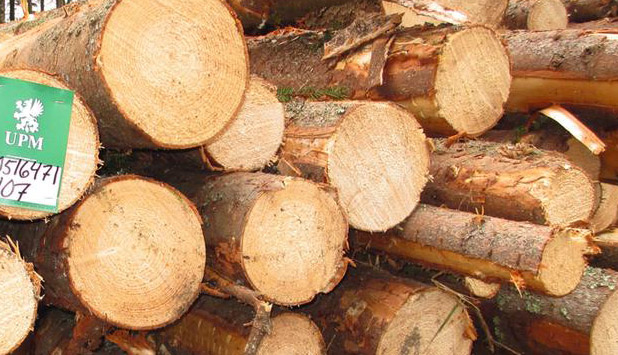Societal impacts have a visible role in UPM’s EMAS reporting
UPM has published the EMAS (EU Eco-Management and Audit Scheme) statements of its pulp and paper mills.

The statements are more extensive than ever. Over the years, the company has reported on environmental impacts at its pulp and paper mills in Europe, China and Uruguay. Now the reports also provide a thorough analysis of the company’s societal impact at a local level.
According to Gabriele Wende, Director, Reporting and Product Stewardship, UPM, people are interested in companies’ impact on society in addition to the environmental matters. “Mills are a part of local people’s everyday lives, so what happens within the company is not insignificant by any means. That’s why we want to provide verified and concrete information, e.g. on our contribution to employment, tax income and purchasing power, as well as co-operation with the communities. The information also has to be easily accessible,” Wende says.
“UPM’s initiative to open the scope of its environmental reporting to include social indicators shows the strong commitment of the company to transparency, a value shared by all EMAS organisations,” says Kestutis Sadauskas, Director for the Green Economy at the European Commission’s Directorate General for the Environment.
“The performance of the company is verified by an independent EMAS verifier, providing the public and other stakeholders with reliable information on its contribution to sustainable development. We would encourage other companies to move in this direction too”, he says.
A mathematical model of effects on consumption
Extended EMAS reporting was improved first time this year using a mathematical calculation model developed by the Research Institute of the Finnish Economy. The model was used to estimate indirect jobs and effects on consumption created by the company’s production units in Finland.
Research Director Jyrki Ali-Yrkkö from Etlatieto Oy says, that calculations can be made both regionally and nationally. “The model is based on input-output statistics from Statistics Finland. Those statistics show how companies from different industries buy goods and services from each other,” Ali-Yrkkö explains.






